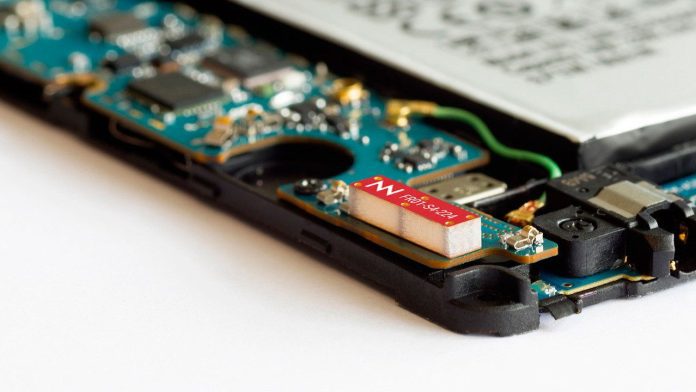A new report by analyst company ABI Research says the growing breadth of IoT devices and use cases, combined with additional radio spectrum and protocols, is creating more complexity in designing and integrating antennas into products. IoT antenna shipments will jump to 7.2 billion IoT in 2025, it reckons; the company did not provide a reference figure for the 2020/21 run-rate.
But it said IoT device makers lack the skills to tackle the inherent technological complexity of antenna design, creating an opportunity for antenna companies to offer additional support and services. As such, antenna manufacturers are changing their strategies to address the needs of different IoT devices, developing in-house capabilities by building or acquiring expertise.
But ABI also warned that antenna makers must “think strategically to stay relevant in a more competitive market and an increasingly diverse technological landscape”. The report, available here, highlights the work of Antenova or Ignion to develop off-the-shelf products to complement or replace custom antenna offerings. This is helping smaller OEMs get devices to market faster, with less complexity, and often with lower costs, it said.
Meanwhile, vendors including Laird, Taoglas, Linx Technologies, and PSA Group are expanding their product portfolios as one-stop-shops for more parts of the solution, as well as working more closely in collaboration with other vendors to bring joint products to market and simplify design and certification processes.
A “potentially disruptive entry” to this one-stop-shop supplier group is Quectel, the largest supplier of modules, who recently added antennas to their portfolio, said the company. In general, antenna vendors are turning toward software and services to “deliver the best results”.
It notes different approaches, ranging from offering design and simulation services or certification assistance (as with Radientum and CoreIoT), to helping OEMs through the design cycle (as with Taoglas, Laird, Airgain).
Tancred Taylor, research analyst at ABI Research, commented: “Increased radio complexity, device miniaturization, lower power consumption, and a complex certification landscape are among many factors making integration of antennas more difficult. These challenges are well-known in the smartphone industry.
“However, unlike the smartphone market which comprises few OEMs and high product volumes, many OEMs in IoT do not have the in-house specialization to address this complexity and have a broader range of products to create. This generates a large opportunity for antenna manufacturers to offer support and additional services throughout the project design cycle and offer value by moving beyond their traditional role as component manufacturers.”
He added: “While use case analysis indicates custom-designed antennas will remain the largest share of shipments, the shift toward offering a broader selection of pre-built and tunable components could upset the dominance of custom antennas by making IoT device design and product assembly more accessible.
“Both business and technical variables need consideration ranging from partnerships that improve component interoperability and expand sales channels, to new technologies such as active antenna systems and dynamic tuning chips. It will become increasingly common to see vendors with a breadth of products and services.”

